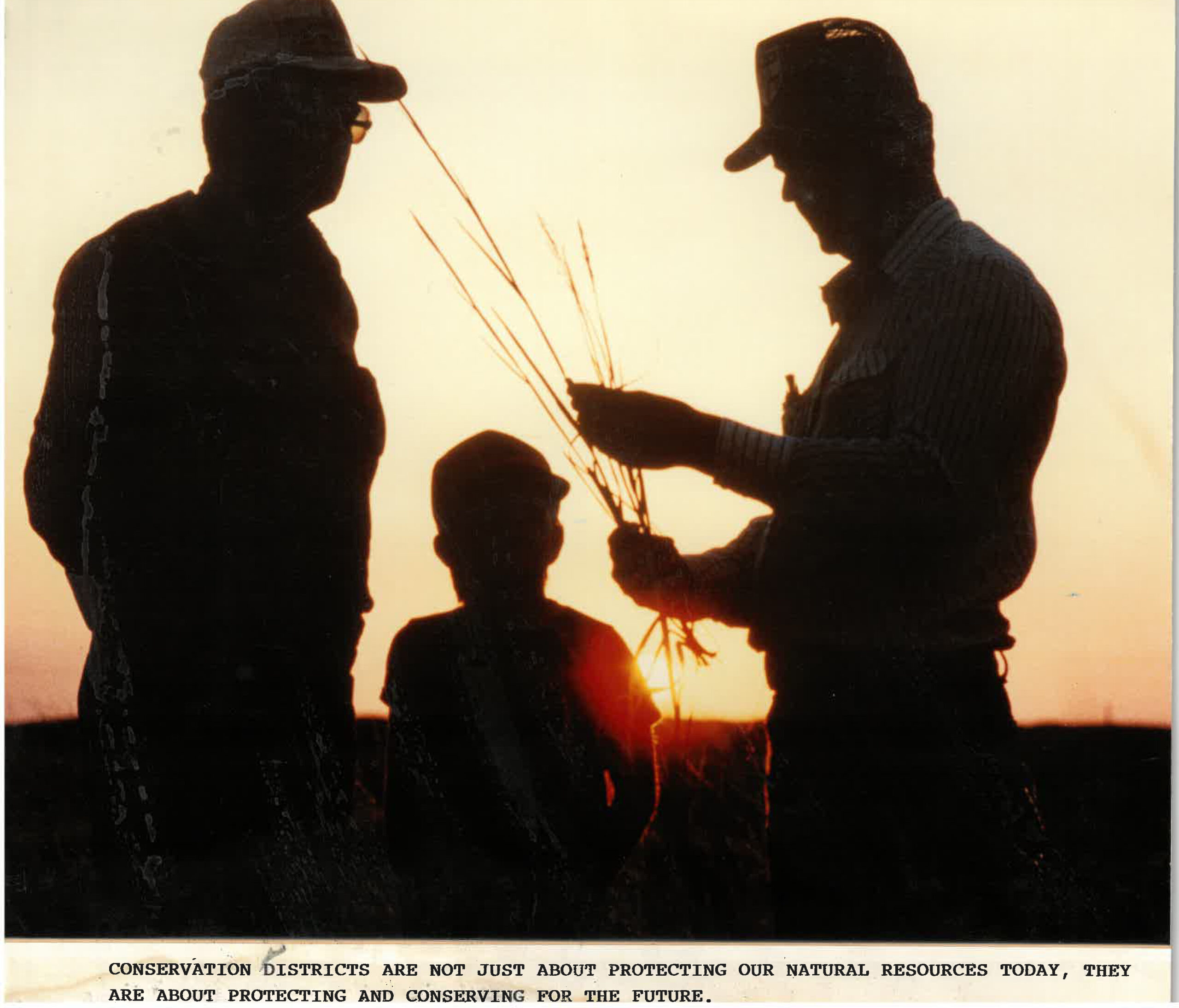- ACCD Board Meeting - Thursday, August 7 at 6 pm
- ACNWCB Weed Board - Board Meeting - Tuesday, October 21 at 6 pm
Menu
close



On June 15, 1940, the Asotin County Conservation District was formed. Today we celebrate 85 years of conservation and the generations, past and present, that have invested in protecting natural resources in Asotin County. As technology and the world around us continues to change, the landowners, farmers and ranchers have continued to make natural resources a priority. Cheers to 85 years!
The Asotin County Conservation District includes all of Asotin County excluding incorporated cities and towns. The Conservation District also serves the Grouse Flat area of Garfield County.
The District is governed by a Board of Supervisors, of whom three are elected by local landowners and two are appointed by the State Conservation Commission or Governor.
The primary function of the District is to assist landowners and others who participate in making land use decisions. This takes the form of encouraging proper use and treatment of renewable natural resources and making available the necessary technical and financial assistance.
The District also identifies resource conservation problems and opportunities for solving these problems.
As a result of the Federal Water Pollution Control Act of 1972, Section 208, the District developed a Program of Best Management Practices and a plan for the implementation of those practices.
Maintenance and improvement in the quality of the Resource Base.
Protect and improve the quality of the environment.
Provide planning assistance to all landowners.
Provide a Comprehensive Information and Education Program.

Dustbowl
During the Dustbowl Era of the 1930's President Franklin D. Roosevelt saw a need for soil conservation. He pushed Congress to develop a new agency called the Soil Stabilization Service. This agency became the Soil Conservation Service, and more recently, the Natural Resource Conservation Service (NRCS). To increase the functionality of this new agency, Roosevelt decided local input should be a part of this mix. Out of this, he devised the idea for locally led soil conservation boards. Of course, these boards are now our conservation district boards of supervisors.
Roosevelt went so far as to develop draft legislation (Standard States District Act) for each state so there would be continuity between states and so they would all have the same basic purpose. Roosevelt and Congress informed the states they would not be eligible to receive assistance from the federal Soil Conservation Service unless they had laws that allowed the creation of these boards and local communities were actively forming the boards.
In this way the federal government was able to get local input on which programs would be most locally acceptable. These new boards also facilitated two-way communication between local private landowners and the federal government. The boards were able to identify local soil conservation priorities, and in return informed the local public about new practices that could not only save soil, but could often mean more profitable farming.
Washington State
In 1939 the Washington State Legislature created Chapter 89.08 of the Revised Code of Washington. RCW 89.08 created the Washington Conservation Commission and provided for the development and dissolution of conservation districts. It also explained the duties, responsibilities and powers of the Commission, conservation districts and district supervisors.
This law has been altered, amended and changed numerous times since it was created. However, much of the original wording remains because the focus and purpose of local conservation districts has remained the same. The law clearly identifies the need to conserve all renewable natural resources through the voluntary actions of Washington's residents.
RCW 89.08 clearly defines the role conservation districts fill in Washington State. It is the role of conservation districts to provide the state's residents with the tools, resources and skills necessary to voluntarily conserve the renewable natural resources.
Although conservation districts were first created to address resource conservation in the agricultural community, the State Legislature has broadened their scope over the years. Our state legislators recognize that for issues relating to natural resources, the most effective governmental link to private landowners in Washington State are conservation districts.
